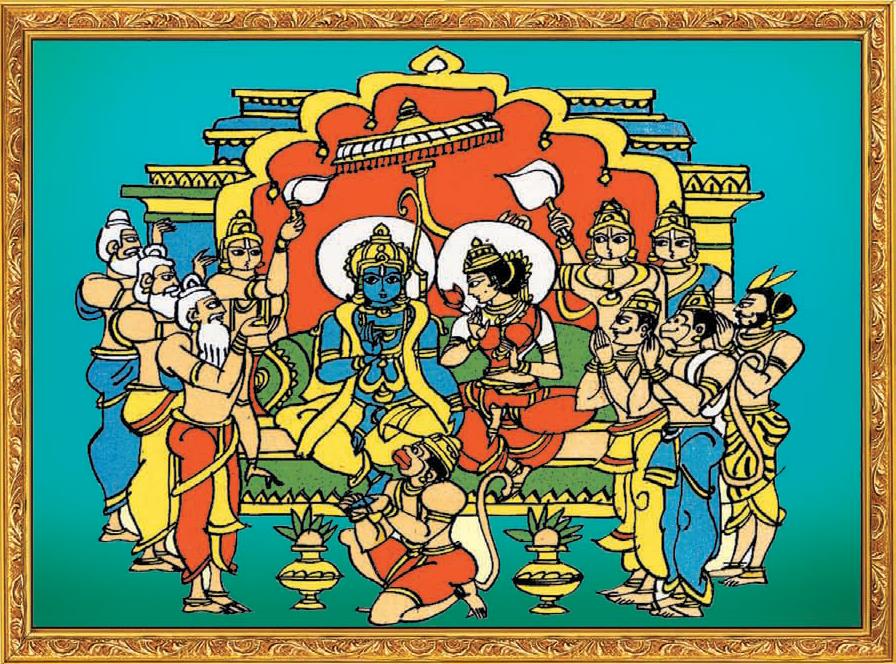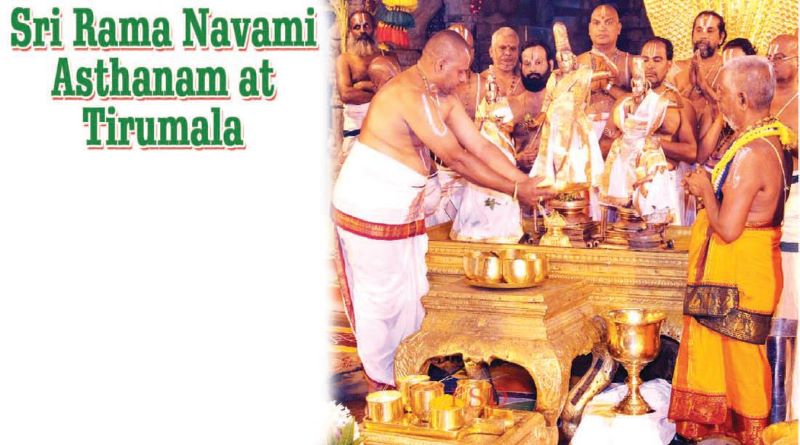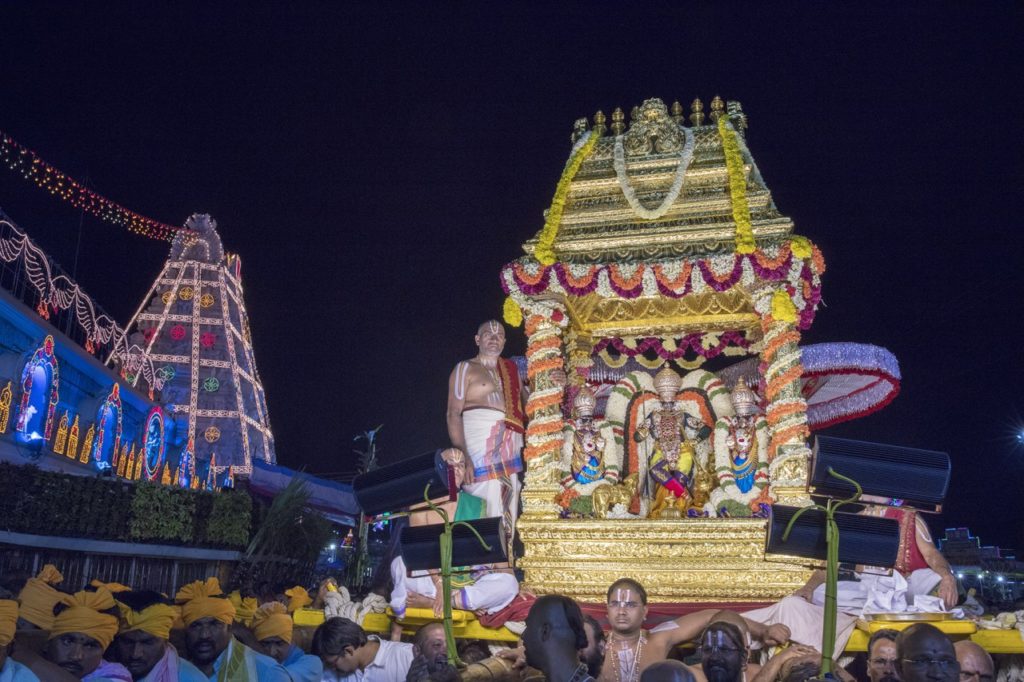Ramayana Throughout the ages, it has been said that the Ramayana is not simply the life story of Sri Rama but an exquisite piece of literature in Sanskrit verse of peerless beauty containing seven Kandas, six hundred Sargas, countess appealing similes, metaphors, allegories, and flights of imagination—all of which make it a supreme piece of Read More
Tag: Sri Rama
Sri Rama Navami Asthanam at Tirumala
Sri Rama Navami Asthanam We are all aware that the Tirumala hill shrine is famous for the most beautiful and life-like icon of Lord Venkateswara. Such is the divine beauty of our Lord, that it so goes in the Venkateswara Sahasra namavali, jagan mOhaka soundarya dharminE namaha|| which means “Salutations to Lord Venkateswara whose beauty Read More
Sri Rama Pattabhishekam
Sri Rama Pattabhishekam in Tirumala On the auspicious day of Chaitra Suddha Dasami ‘Pattabhisheka Asthanam’ or “Sri Rama Pattabhishekam” will be celebrated to Lord Sri Rama in the divine presence of Lord Venkateswara every year in Tirumala. Procession on Four Mada Streets – Around the temple After the performances of ‘Pratakkalaaradhana’ and ‘Madhyaanikaalaradhana’ to Lord Read More



